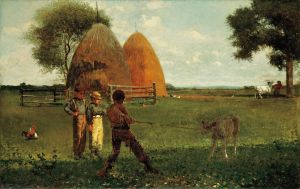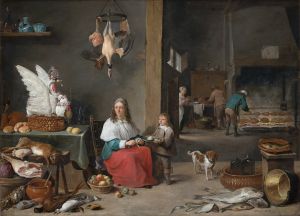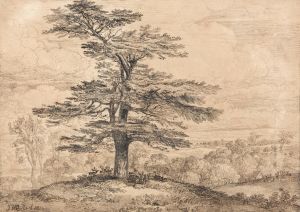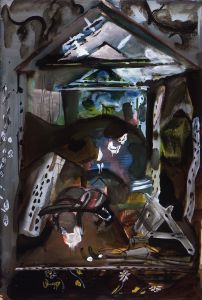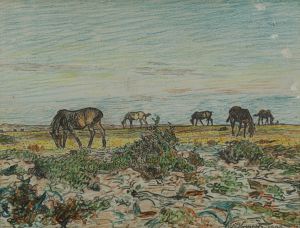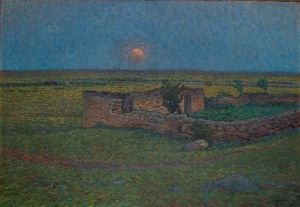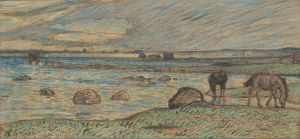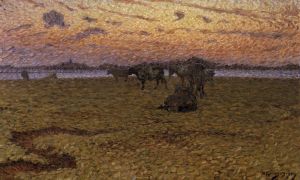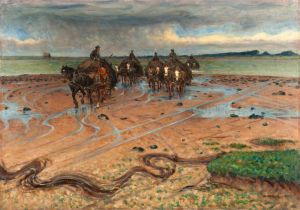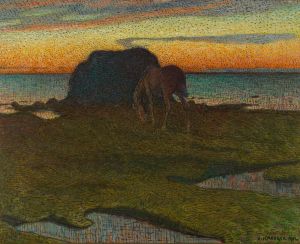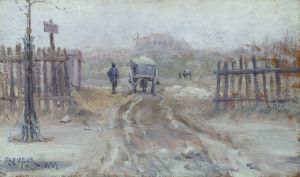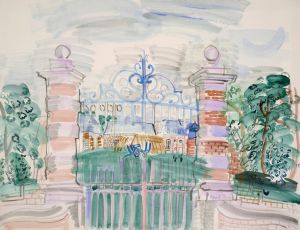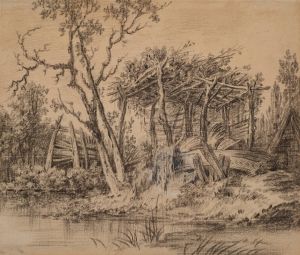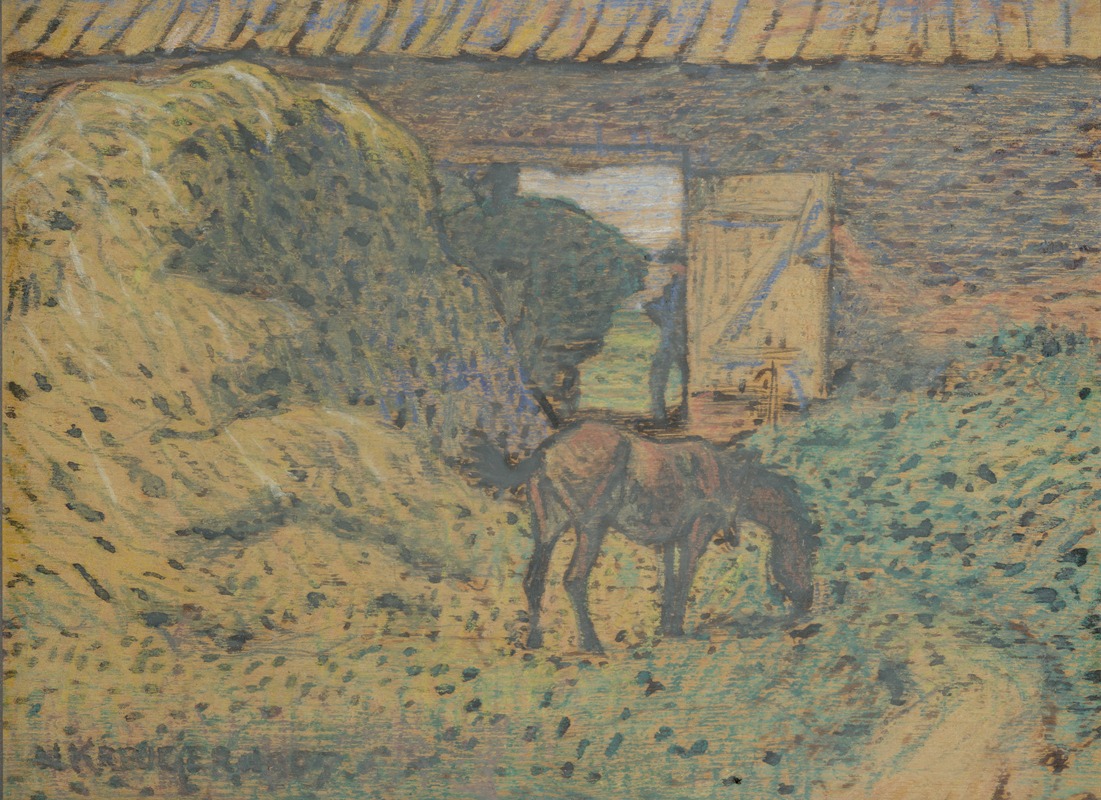
At the Hayloft
A hand-painted replica of Nils Kreuger’s masterpiece At the Hayloft, meticulously crafted by professional artists to capture the true essence of the original. Each piece is created with museum-quality canvas and rare mineral pigments, carefully painted by experienced artists with delicate brushstrokes and rich, layered colors to perfectly recreate the texture of the original artwork. Unlike machine-printed reproductions, this hand-painted version brings the painting to life, infused with the artist’s emotions and skill in every stroke. Whether for personal collection or home decoration, it instantly elevates the artistic atmosphere of any space.
Nils Kreuger was a prominent Swedish painter known for his contributions to the development of Swedish art in the late 19th and early 20th centuries. Born on October 11, 1858, in Kalmar, Sweden, Kreuger became a key figure in the Swedish art scene, particularly noted for his landscape paintings. He was associated with the Varberg School, a group of artists who were influential in introducing new styles and techniques to Swedish art.
"At the Hayloft" is one of Kreuger's notable works, showcasing his distinctive style and thematic focus. While specific details about the painting "At the Hayloft" are limited, Kreuger's body of work often depicted rural scenes, capturing the essence of the Swedish countryside with a keen eye for light and atmosphere. His paintings frequently feature pastoral landscapes, farm life, and the changing seasons, reflecting his deep connection to nature and rural life.
Kreuger was influenced by the French plein air movement, which emphasized painting outdoors to capture natural light and colors more accurately. This influence is evident in his work, as he often painted en plein air to achieve a sense of immediacy and authenticity in his landscapes. His use of color and light was innovative, contributing to the development of modern Swedish art.
In the broader context of his career, Kreuger was part of the Opponents, a group of artists who challenged the traditional academic art establishment in Sweden. This group sought to introduce more modern and realistic approaches to art, moving away from the idealized forms that dominated the academic style. Kreuger's work, including "At the Hayloft," reflects this shift towards realism and naturalism.
Kreuger's contributions to Swedish art were significant, as he helped pave the way for future generations of artists. His work is characterized by a harmonious blend of realism and impressionism, capturing the subtleties of light and shadow in the natural world. Kreuger's ability to convey the mood and atmosphere of the Swedish landscape has earned him a lasting place in the history of Swedish art.
Throughout his career, Kreuger exhibited his work widely, gaining recognition both in Sweden and internationally. His paintings are held in various collections, including the Nationalmuseum in Stockholm, where they continue to be appreciated for their artistic and historical significance.
In summary, while specific information about "At the Hayloft" is limited, Nils Kreuger's overall contribution to art is well-documented. His work remains an important part of Sweden's cultural heritage, celebrated for its innovative approach and its deep connection to the natural world.





